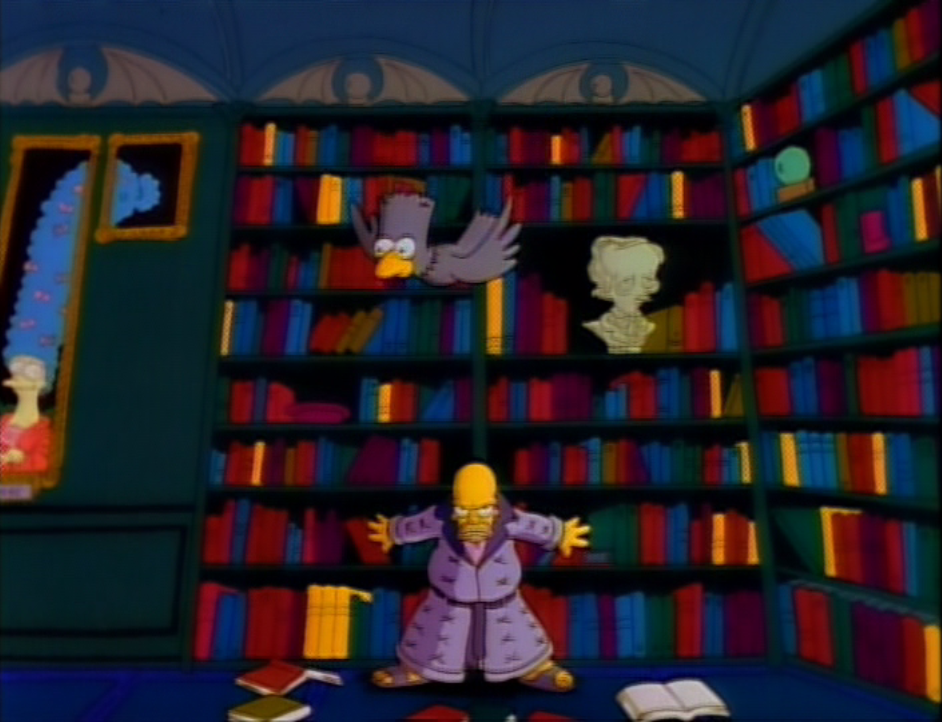In a world of new media and entertainment, Intertextuality is inevitable. There are bound to be overlaying concepts and stories online. The popular show The Simpsons incorporate this idea of intertextuality by involving its characters and landscape to mimic other beloved books, iconic films, significant historical events, and other cultural art forms. To further understand this we must develop an understanding of intertextuality.
Defining Intertextuality
The idea of intertextuality describes the relationship between media contents. When one text references another text by reusing ideas and meanings. This includes images, dialogue, music, and plotlines.
Intertextuality allows us to make connections or analyze links between texts. Our interpretation of one text or sign is shaped by our understanding of another text as a reference. This leads to the idea that the importance or meaning of one text provides more for other texts than the author who takes credit for the parody.
Following up with The Simpsons example, the first Treehouse of Horror special imitates Edgar Allen Poe’s The Raven. The Raven is a narrative trope for despair in many other renditions of the story. The Simpsons add a comedic spin to the story. They incorporate all of their original characters, having Bart as the “Raven” who instigates Homer’s anger which is an ongoing theme throughout the show itself. The Simpsons are famous for their spoofs of different franchises or renditions of pop culture and they do so successfully through intertextuality.
Within The Reading
Within the Eyman reading Defining and Locating Digital Rhetoric, there is a push for expanding on this definition of intertextuality. The need to move past the traditional rhetorical methods since they are no longer sufficient with new media growth. The ideas and theories need to be shifted to incorporate web-based texts under this umbrella of “text”. A quote that Eyman inserts from Perelman’s Realm of Rhetoric, Arnold (1982) states:
“…that arguments from example, illustration, and model do not really pretend to be inductions but appear rational by virtue of the ‘rules’ they imply . . .” (Perelman 1982).
I think back to the Bernie Sanders/Star Trek meme that Professor Friend showed us in last Monday’s class. While I was not entirely familiar with the reference I feel that this quote relates to the example. The image itself does not provide or initiate the logic behind the meaning. The implied message that it provides does. Those who know the character in the example would understand that the image is fitting for his persona.
Especially with social media, there are more opportunities to use the digital climate online in intertextuality. Instead of just focusing on connecting two texts we should move on and analyze the present texts. Digital texts will help us further our understanding of intertextuality as we shift gears to a more impactful digital world.





Leave a Reply